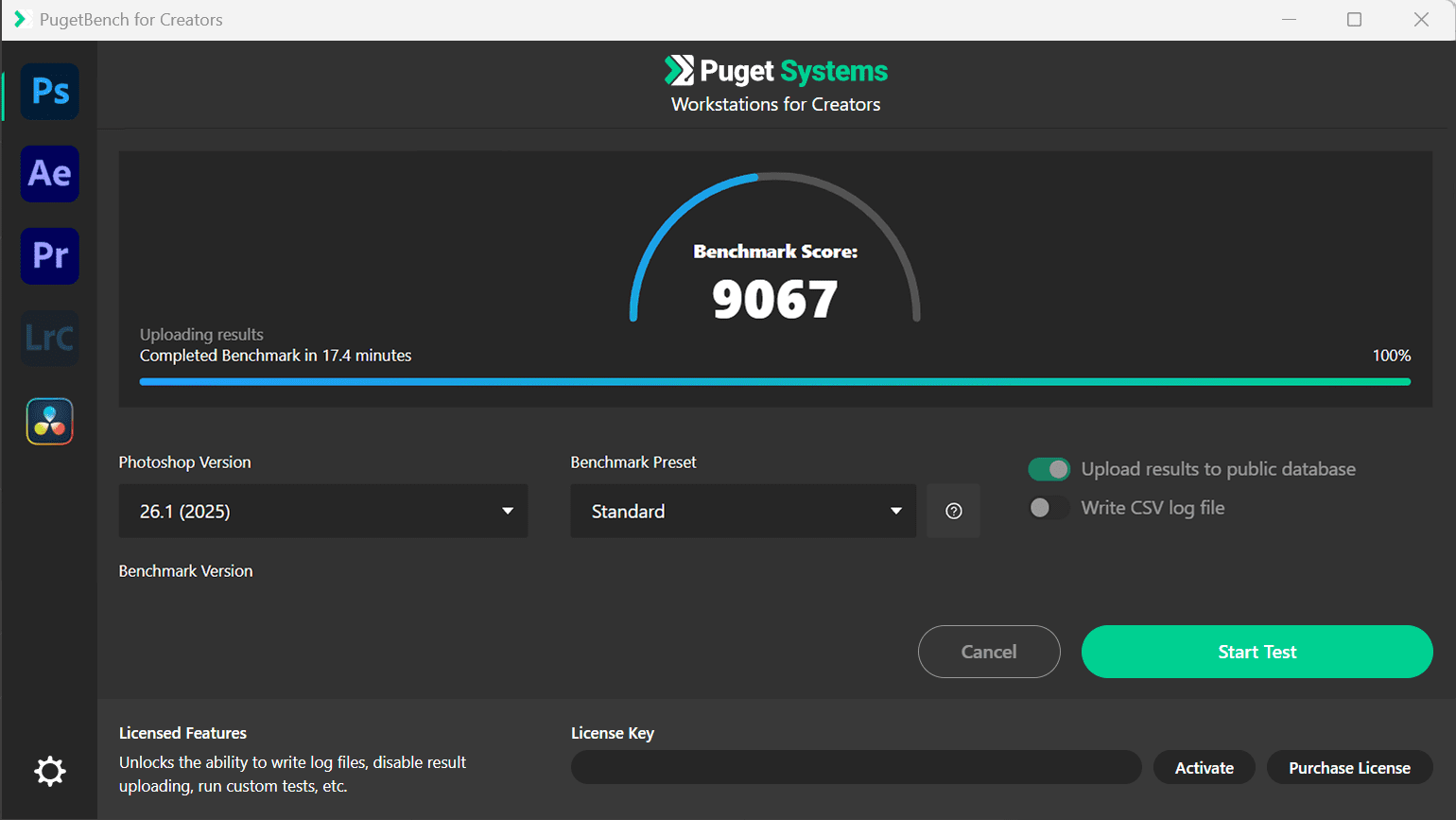I am looking to upgrade a 2020 Mac Mini to a M4 Pro Mini with this configuration:
My use case is mostly Lightroom and Photoshop, but I have many photographs that I need to keep in stock for my work. The current 2020 Mac Mini is becoming too slow. I sometimes use my M1 MB pro as a "desktop" hooking into my array of external hard drives.
I am curious if upgrading to the M4 Pro Mac Mini configuration above is a smart move. Will this new Mac Mini be noticeably faster in my workflow as compared to using my M1 MB Pro laptop?
Thank you for any suggestions.
- Apple M4 Pro chip with 14‑core CPU, 20‑core GPU, 16-core Neural Engine
- 64GB unified memory
- 2TB SSD storage
My use case is mostly Lightroom and Photoshop, but I have many photographs that I need to keep in stock for my work. The current 2020 Mac Mini is becoming too slow. I sometimes use my M1 MB pro as a "desktop" hooking into my array of external hard drives.
I am curious if upgrading to the M4 Pro Mac Mini configuration above is a smart move. Will this new Mac Mini be noticeably faster in my workflow as compared to using my M1 MB Pro laptop?
Thank you for any suggestions.







